Berlin and more
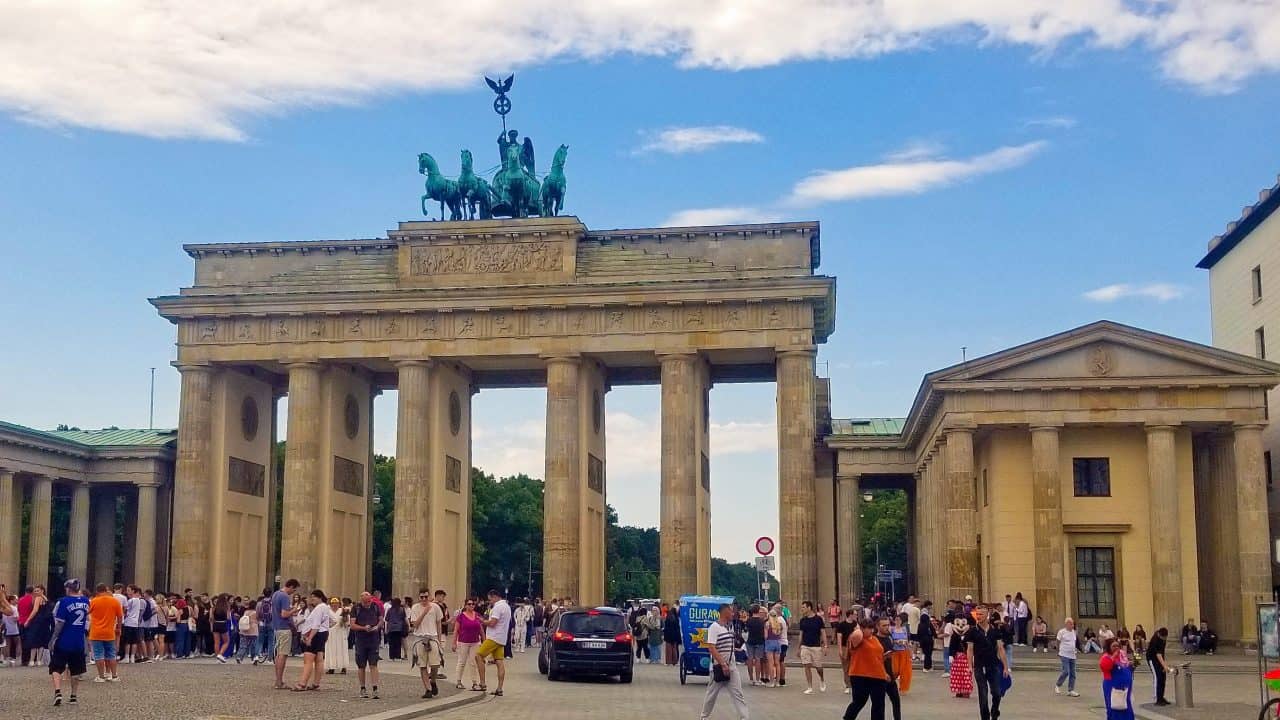
I am a somewhat hesitant starting to write this post. For one reason, it is a little late, but Mike and I were in Canada for two weeks recently so that doesn’t count. Also, because this post and the next post may contain a little more history than some of our readers appreciate. You just can’t travel in this part of the world and not get immersed in history, particularly because it is so recent and caused such huge changes in our geo-political world.
I didn’t post about Berlin before we left for Canada because I thought that we would be returning to the city. Instead of that, we returned to Potsdam multiple times. We so liked, and were so intrigued, with Potsdam that I have split it off into a separate post that I hope to write very soon.
For Mike and I, our favourite places to stay are next to the small towns that are big enough to have a nice town square and restaurants. We like to be able to bike in for a meal or a short visit. Neither of us, well especially me, like crowded campgrounds. We can always drive to the big towns without staying next to them. What is lovely in Germany, unlike France, is that we can usually get a meal in the middle of the afternoon. Not all restaurants are open then, but many are. This suits our biking schedule much better.
We have just spent a few weeks in a marina/campground in Oranienburg, a town 40 km (24 miles) north of Berlin. Right next to the harbour is the Oranienburg castle, considered the most beautiful of Prussian residences in the 1700s, and its large park. The area was lovely, we would walk or ride over a small pedestrian bridge and we were in the castle grounds and also the city centre. It was perfect for us.
The castle was damaged by bombs in WW II and the outside was restored in the 1950s. Today it is a museum. I must admit that while Mike and I admired the outside and enjoyed the park we never did get inside to visit the museum.
Oranienburg was one of the most bombed German towns in 1944/45 because it housed Nazi armament industries. Many, many fire bombs and high explosive bombs fell in the area. These bombs had chemical long-term detonators that detonated hours or days later. Many of the people the allies were trying to help were killed as they attempted to clear these bombs. The majority of the fire fighters and rescue workers killed were prisoners of war, inmates of the concentration camp next to the town and forced labourers. In just one of the attacks more than 800 concentration camp prisoners and forced labourers died.
Interestingly, the Nazi concentration camp was originally populated with political opponents of the Nazi Party as well as a number of homosexual men and other “undesirables”. These early concentration camps in Germany were mainly local “revenge camps” in which the National Socialists incarcerated their political and intellectual opponents.
The castle park is today used for lots of events including a night of music entertainment which Mike and I quite enjoyed. We started with listening to a country band. Mike was really surprised by how much of the music was in English. We were hoping to see a Celtic harp player, but we think that she stopped playing early because the headline band, in the corner of the park, was so loud that she couldn’t be heard properly. That was too bad.
They had something that we had never seen before called “Silent Disco”. Apparently, this isn’t as unusual as we thought. All the people in this area were given headsets with lights all around them. The music played over the headsets. Everyone could dance together; the music was loud in their ears and we couldn’t hear a thing. Seeing the lights moving as the people danced without interrupting any other performers was very good.
Mike and I are continuing to create our bike path from the Adriatic Sea to the Baltic Sea. We are getting close now. We see all sorts of lovely towns and villages as we ride through the countryside. Overall, Germans are really very good sharing the road with bicycles. Cars are very careful. We have been surprised at how well the pedestrians give way to cyclists even though officially I would think that they have the right of way. People walking dogs will often stop well before you get to them and move off the path and hold their animals tightly, all done with a smile. That is very nice.
Our bike rides often go through parks and around lakes and rivers as well as through towns and villages. On our last ride we rode through a town called Ravensbrück which is 120 km north of Berlin. It had housed a largely women’s concentration camp during WW II. Around 120,000 women and children, 20,000 men and 1,200 adolescent girls and young women were imprisoned here. These prisoners came from over 30 nations and included Jewish, Sinti and Roma people. Tens of thousands of them were murdered, died of hunger and disease, or were killed in medical experiments. How horrible.
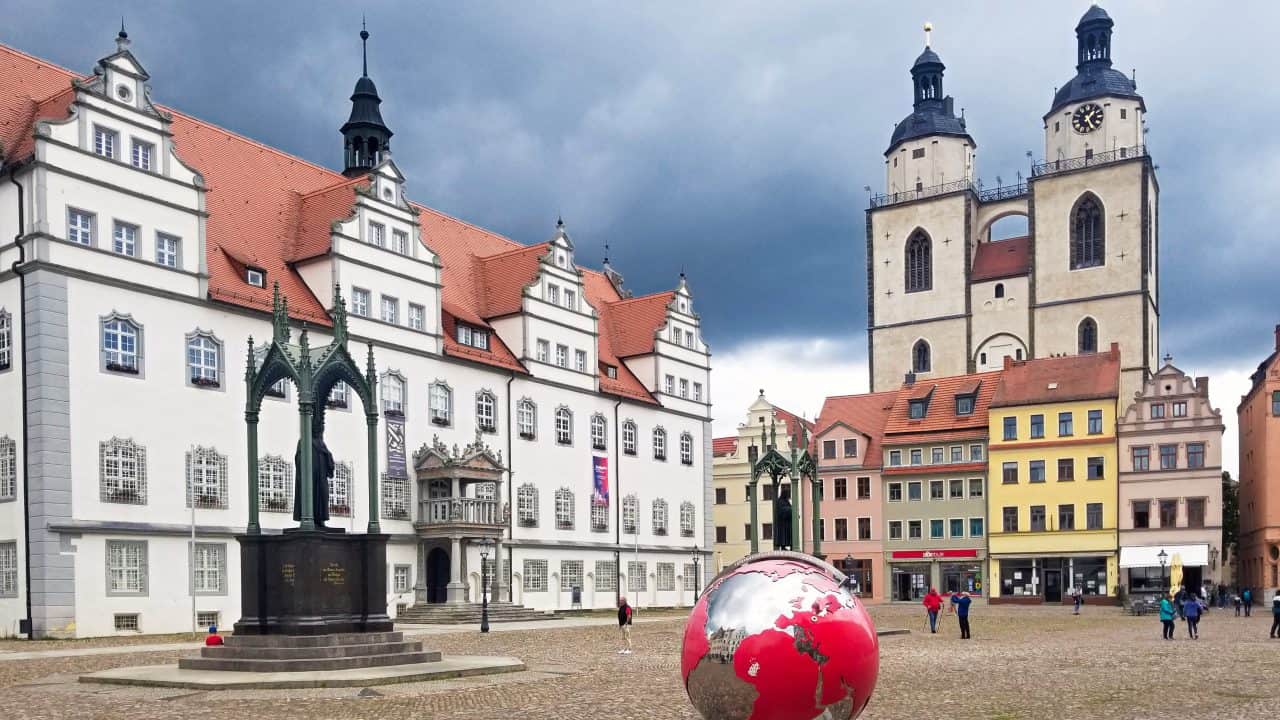
You learn all sorts of different things when you travel. One town that we visited was Wittenberg were the Protestant religion is said to have been launched. Martin Luther, who was a monk and a professor, was really upset about the way that the Roman Catholic church allowed people with money to buy indulgences or basically buy their way into heaven. He nailed his paper on this subject to the doors of the Castle Church in Wittenberg in 1517. This act is considered to have launched the Protestant Reformation. Currently there are about as many Protestants in Germany as there are Roman Catholics.
Mike and I purchased (for the grand total of 5.99€) an audio tour of Berlin covering 30 km. It was for people riding bicycles. We thought this was a great idea. It was quite interesting but left us with a slanted picture of Berlin. We didn’t realize until after the tour was over that it mainly covered where the Berlin Wall had been and introduced you to East Berlin. East Berlin seemed to have a different feel with very plain architecture left over from the Soviet days. You see more large concrete buildings in the eastern section. This is true of East Germany as a whole.
I must admit that the first place we stopped to eat in Berlin was at a “5 Guys Restaurant”. It was larger than the one near us in Canada. Other than that, it was basically identical from the menu to the decorations.
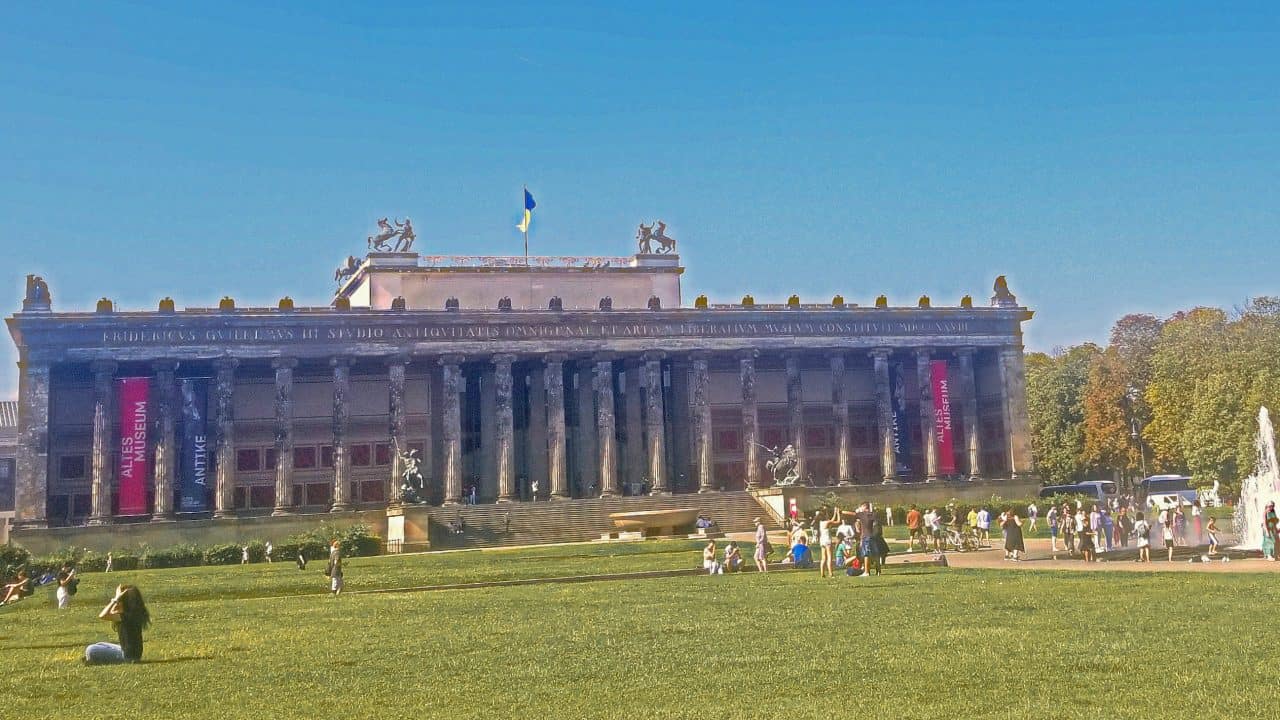
On the tour we rode through part of Berlin’s Museum Island. This island encompasses five large Berlin museums built under the Prussian rulers and more. The museums include paintings, Egyptian artifacts, Islamic Art, the Romans, Classical antiquities and much more. In one building you could see the 3,000-year-old world-famous bust of Nefertiti. I had expected to return there after we got back from Canada, but I am afraid it didn’t happen. I will admit that I didn’t push really hard. Mike and I had just spent time in the wonderful old art museum in Munich and various Palace museums in Potsdam so it was a bit soon to ask Mike to spend days going around more museums. If we ever get back to Berlin, I would love to explore Museum Island. The main question would be how to filter what you see and what you skip.
After WW II, Museum Island was a landscape of ruins, and the restoration is still continuing today.
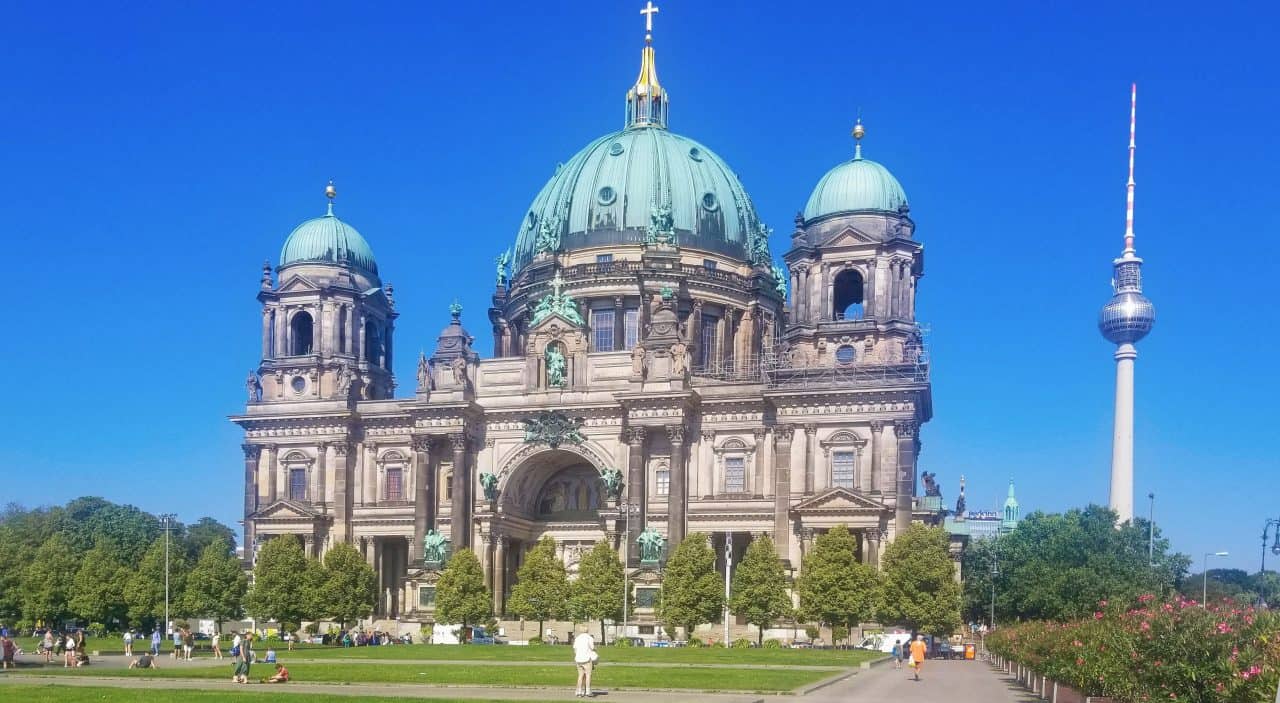
The Berlin Cathedral was destroyed during World War II. It was hit by a bomb during an Allied air raid and the roof and dome were completely destroyed. The interior was also badly damaged. It was not clear if it could even be rebuilt but they managed it during the 1970s and 1980s. The new cathedral is said to be a faithful reconstruction of the original, but not completely identical (whatever that means).
Berlin’s city hall is called the “Red City Hall”. I thought that was a rather unfortunate name given Berlin’s history, even if you can see where the name came from in this picture.
At the top of this post is a picture of Berlin’s iconic Brandenburg Gate. You will get to see Potsdam’s Brandenburg Gate in the next article. Berlin’s Brandenburg Gate, originally built in the late 18th century, was a symbol of division during the Cold War as it stood on the border between East and West Berlin.
Traffic lights are something that we take for granted but it was not always so. In 1924, the first traffic lights in continental Europe were installed at Potsdamer Platz in Berlin. At the time Potsdamer Platz was a popular square in Berlin.
The scale of the traffic 100 years ago just amazes me. Here is what one website said. “Every day 83,000 passengers used the overground and underground station at Potsdamer Platz alone, not to mention more than 20,000 cars, 26 tram lines and 5 bus lines. The police (carrying trumpets) were struggling to keep this chaos under control.”
The new traffic signals in the over eight-meter-high (28 ft) signal tower were changed manually by a policeman sitting in his protected cabin above the lights.
As an aside, after WW II, Potsdam Platz stood where the American, British and Soviet sectors came together in Berlin. When the Berlin Wall was built, Potsdam Platz was in the dead area, the space between the inner and outer walls that formed the Berlin Wall. Every building in this “No Man’s Land” was torn down. Shortly after the Wall came down, the area hosted one of the largest rock concerts in history. Pink Floyd performed “The Wall” right here.
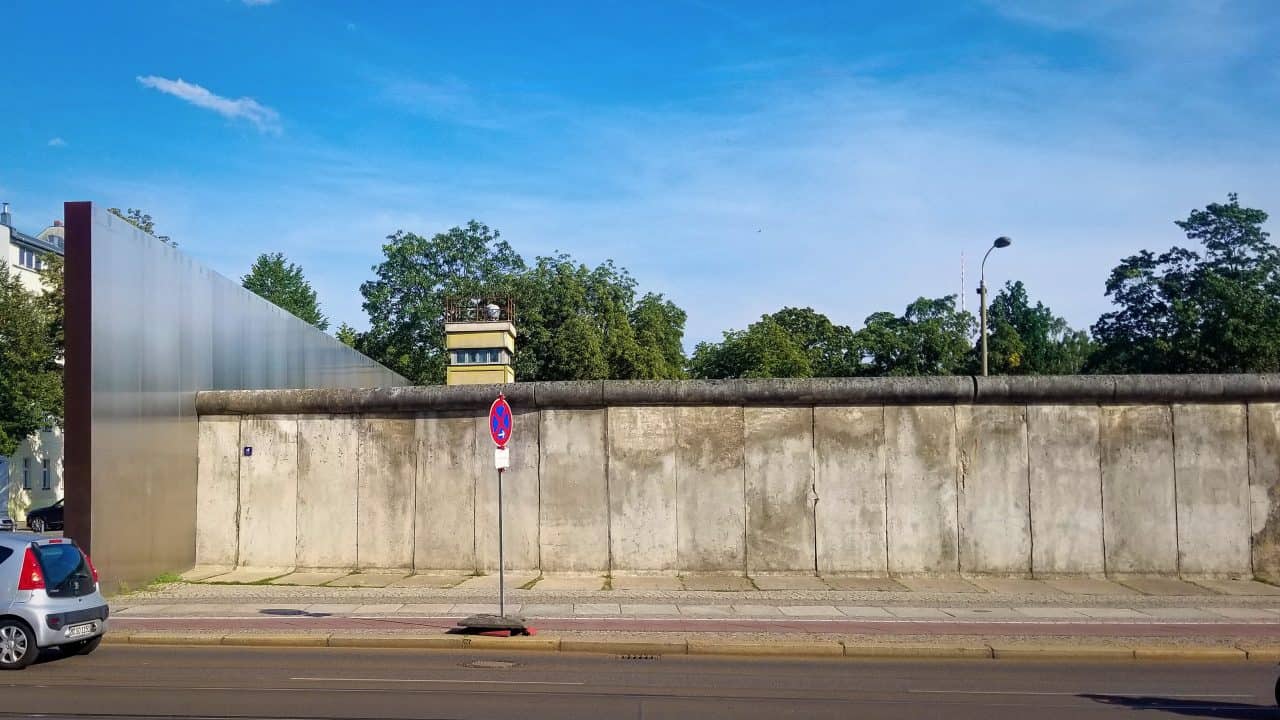
Berlin has preserved a few segments of the Berlin Wall and the dividing landmarks between East and West Berlin and turned them into tourist attractions. I always assumed that the Berlin Wall just ran through the city of Berlin. I was very wrong. The wall was 155 km long and ran well into the surrounding countryside. Potsdam, almost 40 km away, formed part of the Berlin Wall. In the years following WW II many East Germans fled to West Germany. By the early 1960s, hundreds of thousands of East Germans had fled to the West. In 1961 the Berlin Wall was built, which was much later than I had thought. 28 years later, in 1989, the Berlin Wall fell.
My apologies if this article wasn’t quite as touristy as normal but I wanted to pass on some facts and information that we learned during our travels in this area to those of you who declare that they “travel vicariously” through us.
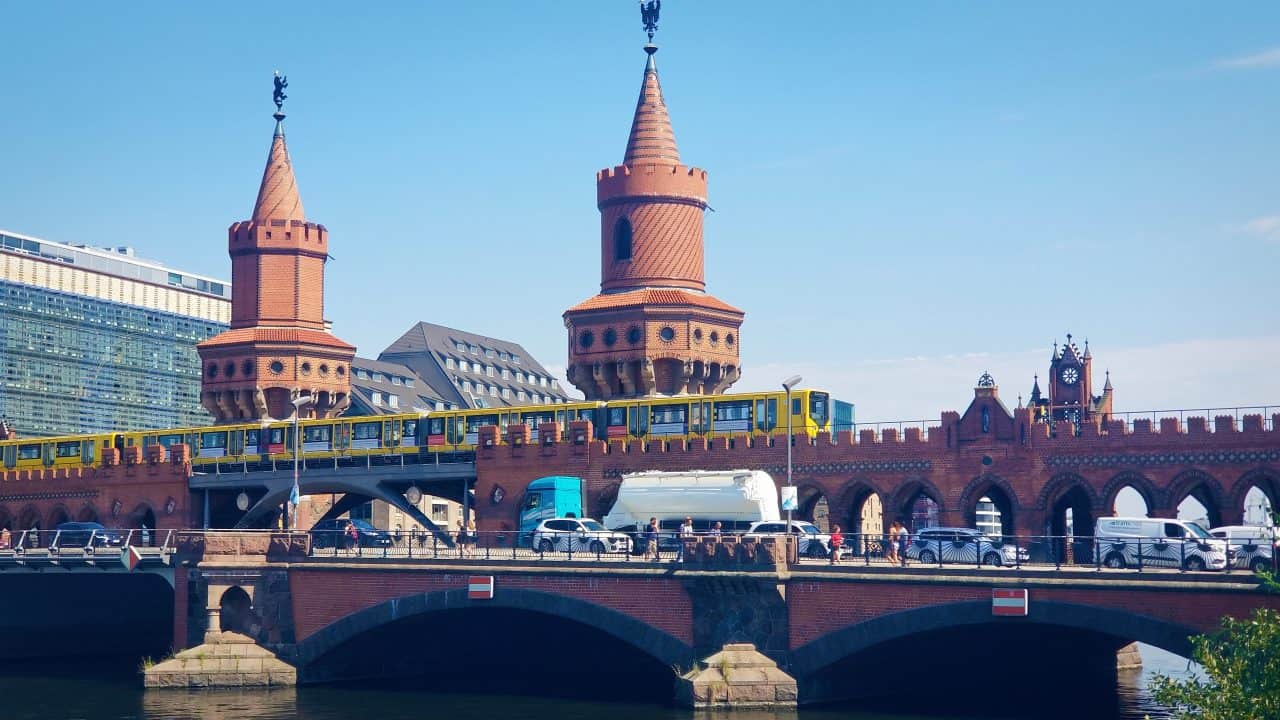

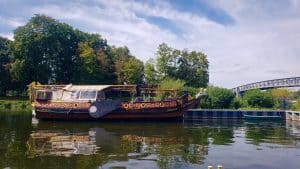
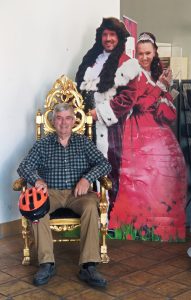
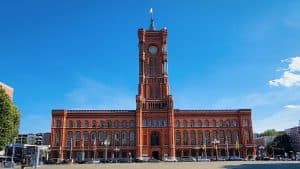
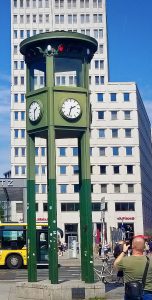
Leave a Reply